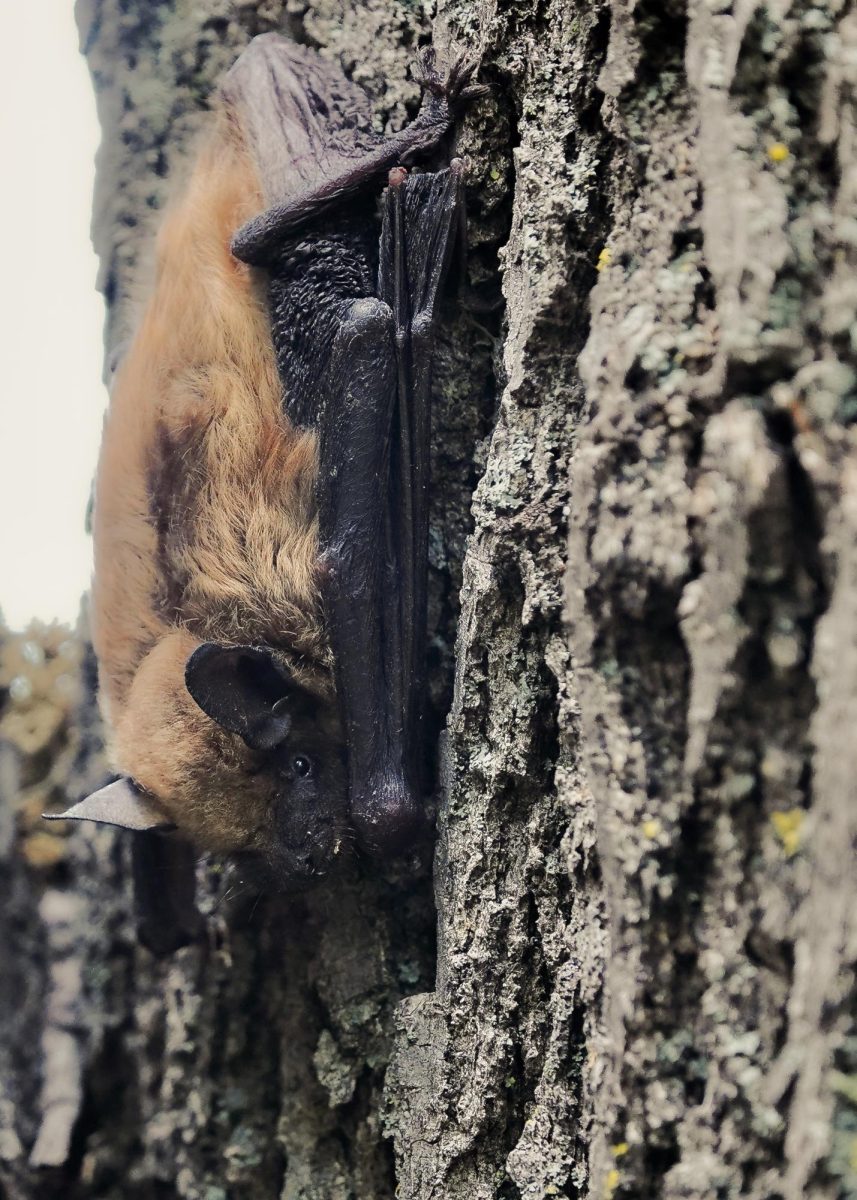Madison’s City Council passed motions Tuesday to implement a buffer zone between protesters and patients receiving reproductive medical care and to maintain Frank Lloyd Wright’s historic Lamp House.
Protecting reproductive care patients
City Council approved an ordinance proposed by Ald. Lisa Subeck, District 1, that requires an eight-foot buffer zone between protesters and anyone receiving reproductive health care.
Subeck said the ordinance respects the protesters’ First Amendment rights while protecting the privacy rights of those seeking medical care. She said the rule addresses individuals who harass patients and make them feel unsafe or uncomfortable while entering or exiting reproductive medical care facilities.
Gwen Finnegan, director of Vigil For Life, said members of her organization stand “peacefully and prayerfully” on the sidewalks surrounding Planned Parenthood. She said this gate rule would violate First Amendment rights. She added it was “troubling” to hear that some City Council members want to limit free speech.
Finnegan said by implementing this ordinance, the city faces the risk of a federal law suit that could result in a legal loss.
Subeck said the proposition was based on a law the state Supreme Court upheld in Colorado. The Colorado law was deemed constitutional because it encompasses free speech rights of residents while protecting individuals’ space.
Protection of Lamp House Block as a historic landmark
City Council accepted a report from a special committee charged with protecting Frank Lloyd Wright’s Lamp House as a historic landmark in the city.
The committee had previously adopted guidelines dictating special instructions for redevelopment on the block where the Lamp House is located.
Nan Fey, chair of Lamp House Block Ad Hoc Committee, said the views of Lake Mendota are integral to the history of this Frank Lloyd Wright house and essential to its economic value and heritage tourism.
Fey said tension exists between the fundamental values of preserving cultural resources like the Lamp House and economic development goals. She said by keeping this cultural artifact and the area surrounding it the way it is, heritage-based tourism will increase along with visitor revenue.
Bruce Bosben, owner of the Lamp House and other properties on the block, said he is in favor of preserving the house and other historic landmarks he owns around the city.
However, he said permanently prohibiting further development of houses on Mifflin Street to preserve the view from the Lamp House is “extreme” and would forbid expanding other homes on the block higher than three stories. He said this is necessary to generate tax revenue in the central district.
Ald. Mike Verveer, District 4, said preserving the homes on the Lamp House block will provide important possibilities for the city.
“The block is so special, so important,” Verveer said. “But in particular, the potential of heritage tourism at this block in downtown Madison is really untapped and has great potential.”













